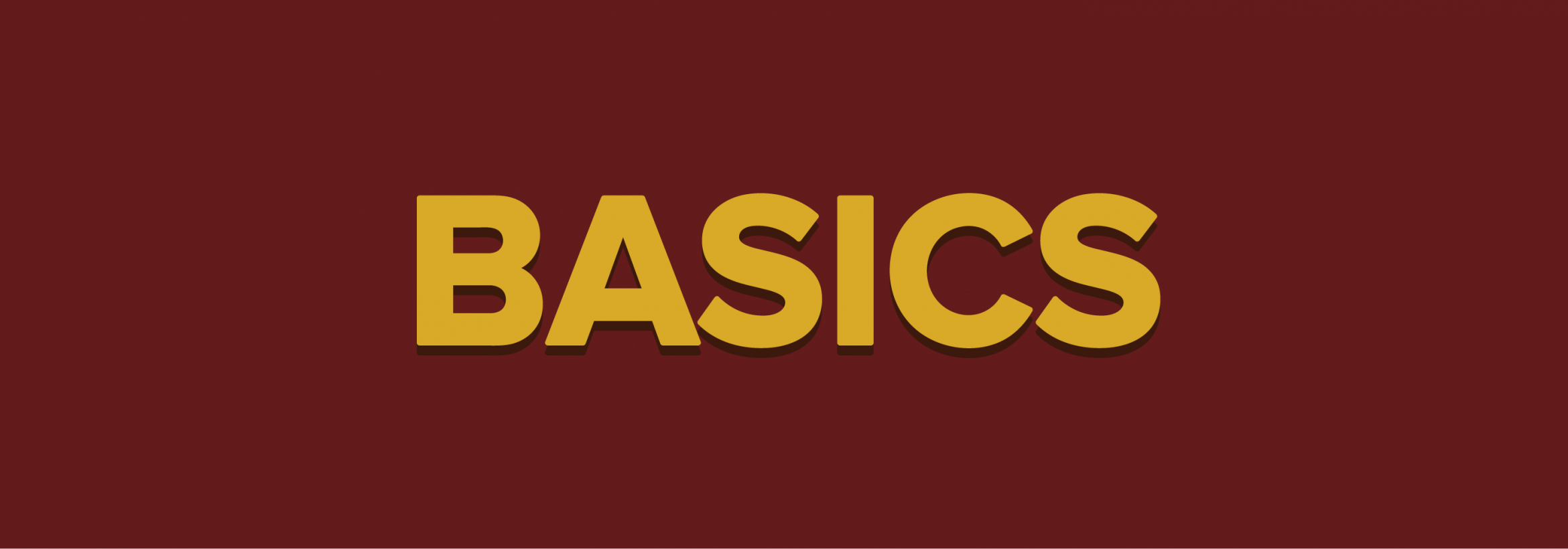
- Terminology
Marijuana and/or Cannabis - also know as weed, pot, hashish, grass, refer, Mary Jane, ganja and more.
Cannabis - a plant used both recreationally and medically that exhibits properties of a stimulant, depressant, and hallucinogen.
Cannabis use - refers to the ingestion, inhalation, or the topical use of cannabis. See Methods of Use section to learn more about what each of these entails.
THC - stand for Tetrahydrocannabinol. THC is one of the two main chemicals in marijuana and is responsible for the high. More information in the THC vs. CBD section below.
CBD - stands for Cannabidiol. CBD calms the nervous system and is responsible for many of the medicinal properties of cannabis. More information in the THC vs. CBD section below.
Buds - refer to the plant appendage that contains the majority of the THC. Buds are on unfertilized female plants and appear during the flowering stage of the plant's life.
Trichomes - refer to tiny hairs with bulbs that cover the buds and leaves around the buds. Their bulbs or trichomes contain sticky flower resin ('kief' when dried) which contains high levels of THC and CBD.
Bowl - refers to the part of a smoking device, commonly a pipe or bong, where cannabis is put to smoke.
- THC vs. CBD
Cannabis contains hundreds of chemicals, but there are two main chemicals: THC and CBD. These act very differently in the body so it's important to be aware of the differences before using cannabis.
THC, or Tetrahydrocannabinol is responsible for the high. Farmers have slowly cultivated plants to have higher levels of THC to increase the plant's effect. THC is responsible for the feelings of higher anxiety and paranoia if too much is taken. The Potency section below covers THC percentages found in various marijuana products.
CBD, or Cannabidiol calms the nervous system and is responsible for many of the medicinal properties of cannabis, including anti-inflammation, anti-epileptic, and pain alleviation. The FDA has approved a few a few medications in pill form; they have isolated the beneficial cannabinoids alone. To date, the FDA has not approved smoking cannabis as a form of medication because of the harmful side effects of THC. Check out our Medical Use section for more information.
CBD modulates the effects of THC; many products sold today have increased THC levels with lower levels of CBD. This can increase the chances of experiencing a bad high. Here is how to avoid it and what to do if you or a friend experiences this (see the physical health and negative reactions section).
- Quantities
A gram is about the size of your thumb.
An ounce is about a sandwich bag worth.
THC/CBD are labeled in milligrams in edible products. A standard dose is 10mg, however, if you have never tried it before, consider trying 5mg or half of a 10mg serving. Note that it can take anywhere from 30 minutes to 2 hours to kick in; be sure not to consume more as the intensity of the high will continue to increase over a long period of time.
- Potency and Concentrates
Cannabis has changed over the years.
The THC levels in cannabis today average about 13% compared to 3.75% in 1995, as reported by the Federal Drug Enforcement Agency (DEA). Thus, today’s users are much more likely to experience the negative short-term and long-term side effects of marijuana use. High levels of THC without CBD to balance it result in negative impacts (bad highs, calls for emergency service, psychosis).
THC potency generally ranges anywhere from about 10% - 40% in the plant, and THC concentrates can range from 60% - 80% or more in some concentrate products.
- What to Expect
Cannabis affects everyone differently, so not all experiences will be similar. Additionally, an experience will depend on the method of cannabis use (e.g., whether you smoke it, eat it, etc.)
Physiologically speaking, here are the effects of cannabis
- Feeling of being "high"
- Altered senses
- Altered sense of time
- Changes in mood
- Impaired body movement
- Changes in thought processes
- Impaired memory
- Temporary paranoia
- Increased heart rate
- When taken in high doses: nausea, vomiting, hallucinations, delusions and psychosis
- Statistics
UC Davis
A statistically representative sample from our American College Health Association National College Health Assessment (2017) tells us
- 61.8% of UC Davis students have never used cannabis
- 20.4% of UC Davis students have used cannabis in the last 30 days
- 38.2% of UC Davis students have tried cannabis, ever
- 1.3% of UC Davis students use cannabis every day
Nationally
- 59.1% of college students have never used cannabis
- 20.0% of college students have used cannabis in the last 30 days
- 40.9% of college students have tried cannabis, ever
- 2.4% of college students use cannabis every day
